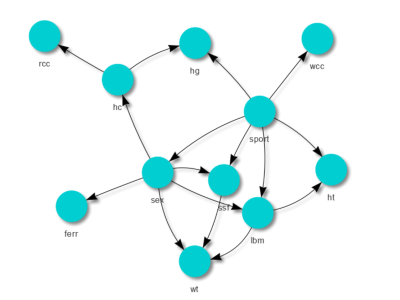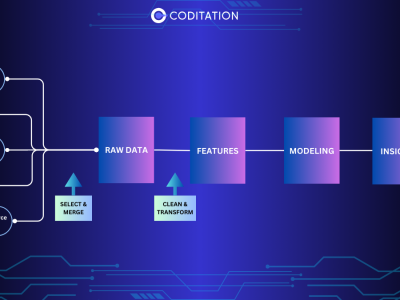When it comes to upgrading or setting up your IT infrastructure, choosing the right server format is critical. For many startups, SMBs, and even mid-sized enterprises, Refurbished Servers offer a cost-effective way to build powerful computing environments without overextending the budget.
But within the refurbished space, a common question arises: Should you choose a rack server or a tower server? Both formats come with their own strengths, and the best fit depends on your specific use case, environment, and scalability needs.
This blog breaks down the pros and cons of refurbished rack servers and refurbished tower servers, helping you make an informed decision based on performance, space, budget, and long-term strategy.
Understanding the Basics
Rack Servers:
These are flat, rectangular servers designed to be mounted in a standardized server rack. They’re compact, stackable, and ideal for high-density environments like data centers. Refurbished rack servers are often favored by businesses that need centralized, scalable, and space-efficient setups.
Tower Servers:
Shaped like traditional desktops, tower servers are standalone units designed for low-density environments. They’re quieter, easier to install, and ideal for small offices or companies that don’t have a dedicated server room. Refurbished tower servers are popular among first-time server buyers or growing businesses with moderate computing needs.
Key Differences Between Rack and Tower (Refurbished) Servers
| Feature | Rack Servers | Tower Servers |
| Form Factor | Compact, rack-mountable units | Upright, desktop-style casing |
| Space Efficiency | High – multiple units fit in a rack | Low – requires more physical space |
| Scalability | Easily scalable with additional racks | Limited by available space |
| Noise & Heat | Requires cooling system; noisy | Quieter, less heat output |
| Installation | Needs rack infrastructure | Plug-and-play setup |
| Target Use Case | Data centers, cloud hosting | Small offices, local file servers |
| Initial Setup Cost | Higher (needs rack + cables) | Lower (minimal setup required) |
Cost Comparison in the Refurbished Market
Refurbished rack servers generally cost more than refurbished tower servers upfront—but that’s mostly due to additional hardware like mounting kits, rails, or rack enclosures. However, when buying in bulk or planning long-term expansion, rack servers become more cost-effective due to space and power efficiency.
On the other hand, refurbished tower servers are great for one-time, standalone deployments. They’re budget-friendly, easy to install, and require little to no infrastructure.
If you’re looking for your first server and want something simple, a refurbished tower server might be ideal. But if you’re scaling up, refurbished rack servers offer better long-term value.
Performance & Customization
Both formats can deliver powerful computing performance depending on the configuration. Most refurbished models—whether rack or tower—can support:
- Dual Intel Xeon or AMD EPYC processors
- Enterprise SSDs or SAS HDDs
- ECC registered memory (up to 1TB+)
- RAID controllers
- Redundant power supplies
Rack servers typically offer higher-density compute power, meaning more CPUs, memory, and storage in less space. This makes them ideal for virtualization, hosting, big data, and analytics workloads.
Tower servers, while still powerful, are more suited for file sharing, printer management, backup storage, or light application hosting.
Which Should You Choose for Your Setup?
Here’s how to decide:
Choose Refurbished Rack Servers if:
- You have or plan to build a server room or data center.
- You need to scale fast and often.
- You’re hosting multiple applications or virtual machines.
- You require centralized cooling, cabling, and management.
Choose Refurbished Tower Servers if:
- You’re a small office or remote team with no server rack.
- You want a quieter setup that fits under a desk.
- You’re deploying a standalone application (e.g., file server).
- You need minimal infrastructure investment.
Why Go Refurbished in the First Place?
Whether rack or tower, choosing Refurbished Servers offers benefits beyond just cost savings:
- Sustainable – Reduces e-waste and supports eco-friendly operations.
- Tested & Reliable – Fully inspected, cleaned, and certified by professionals.
- Fast Availability – No lead times or factory delays.
- High ROI – Lower depreciation and longer use cycles.
Buying refurbished also means you can get enterprise-grade brands like Dell PowerEdge, HPE ProLiant, and Lenovo ThinkSystem at a fraction of the cost.
Conclusion: Match the Server to Your Strategy
The right choice between refurbished rack and tower servers depends on your business size, growth plans, IT environment, and budget. There’s no one-size-fits-all answer, but understanding the advantages of each will help you make the best decision for your infrastructure.
If you’re planning long-term scalability and have the space, go with rack servers.
If you need something compact, quiet, and easy to deploy, tower servers are your best bet.
No matter what you choose, going the refurbished server route in 2025 is a smart, sustainable, and strategic move for modern businesses.
Meta Title: Rack vs Tower Refurbished Servers: Which to Choose?
Meta Description: Learn the key differences between refurbished rack and tower servers and find out which fits your business infrastructure best in 2025.








Comments